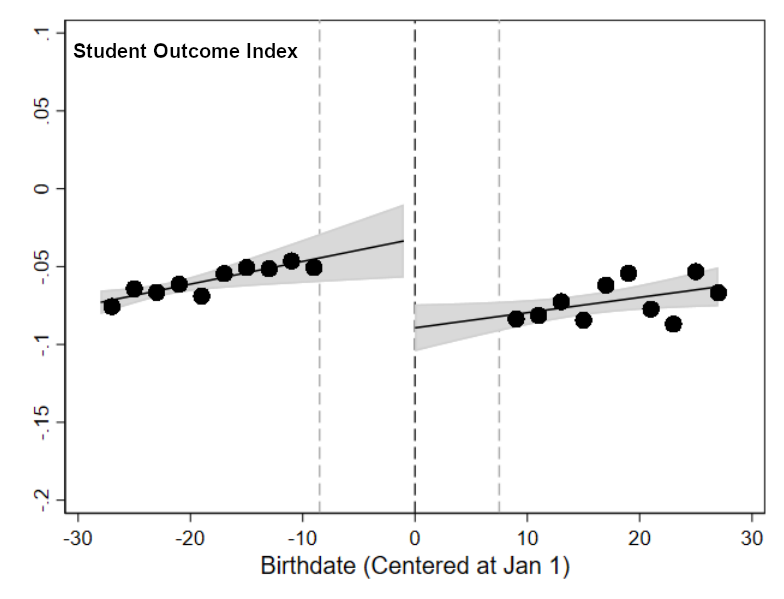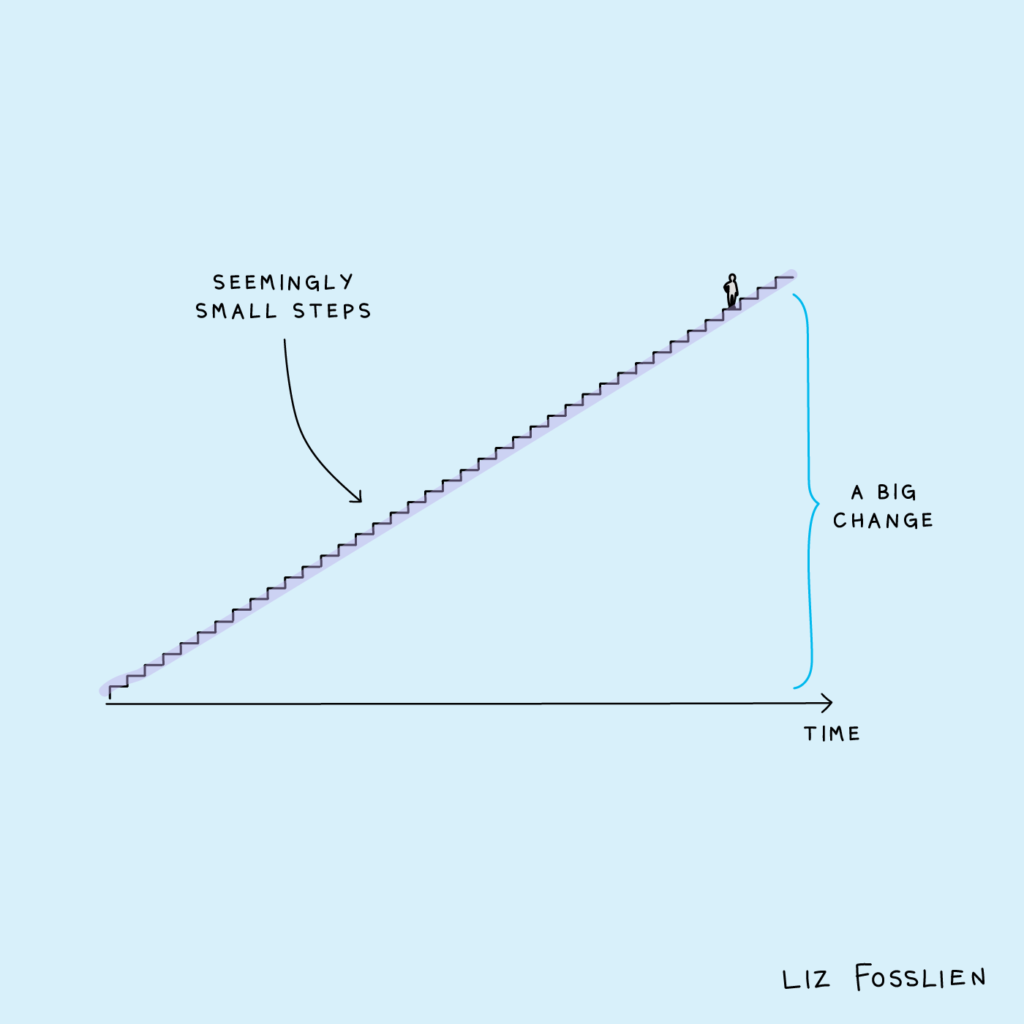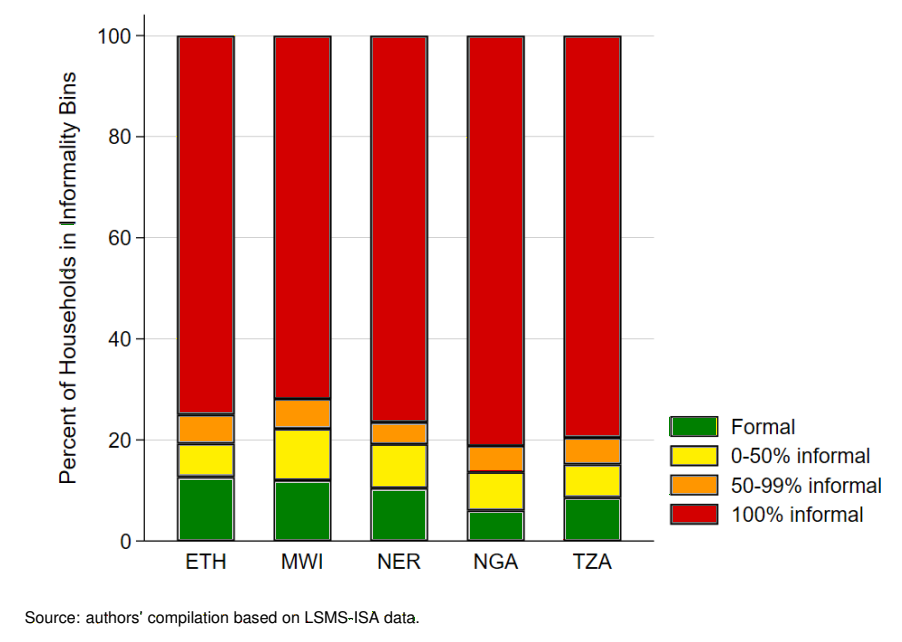I used to hate mornings. Istanbul is a very anisotropic City. Commuting from one neighborhood to another, just two blocks away, could take everything from 5 to 55 minutes. However, I start valuing this commuting time as a “liminal space” between personal and business realms. It helps me to transition between home and work life, to kick start the day, and to finish it.
There are three elements of this transition ritual. First, is physical activity, which fuels my internal engine. I have to walk 10-15 minutes either to the bus or the subway stop. This walk makes me energetic and improves my mood–oxytocin proved to have beneficial cognitive and behavioural effects. Second, I use walking and commuting time to learn something new, to push my creativity for the day. Podcasts are great, I have some business related–Anecdotally Speaking, Talking About Organizations, or Re:Thinking. Some pure fun on the bun–Friday Night Comedy or Something Rhymes with Purple. Other good options are Coursera and LinkedIn learning apps, which allow you to save videos to watch off-line. Third, I use this time to reflect and think things over. I always have a notebook and pen with me, and Google.Docs on my smartphone. (Full disclosure: I drafted and edited this post while enjoying views of Beşiktaş from DT2 bus). This helps me to kick start day or unload business thoughts at the end of the day.
This ritual works very well while working from home or while on a business trip. You could use a treadmill for a 15 minutes walk, or simply walk around a block–I often enjoyed cities at 6am, empty and quiet. Podcasts are always with you, as well as a notebook and a pen.
Don’t hate mornings, instead embrace an opportunity. By incorporating a simple morning ritual–such as a short walk, listening to something new and interesting, and reflecting on your goals and intentions–you can prioritize your well-being and kick start the day; or close the day, avoiding business spillover to home life.







